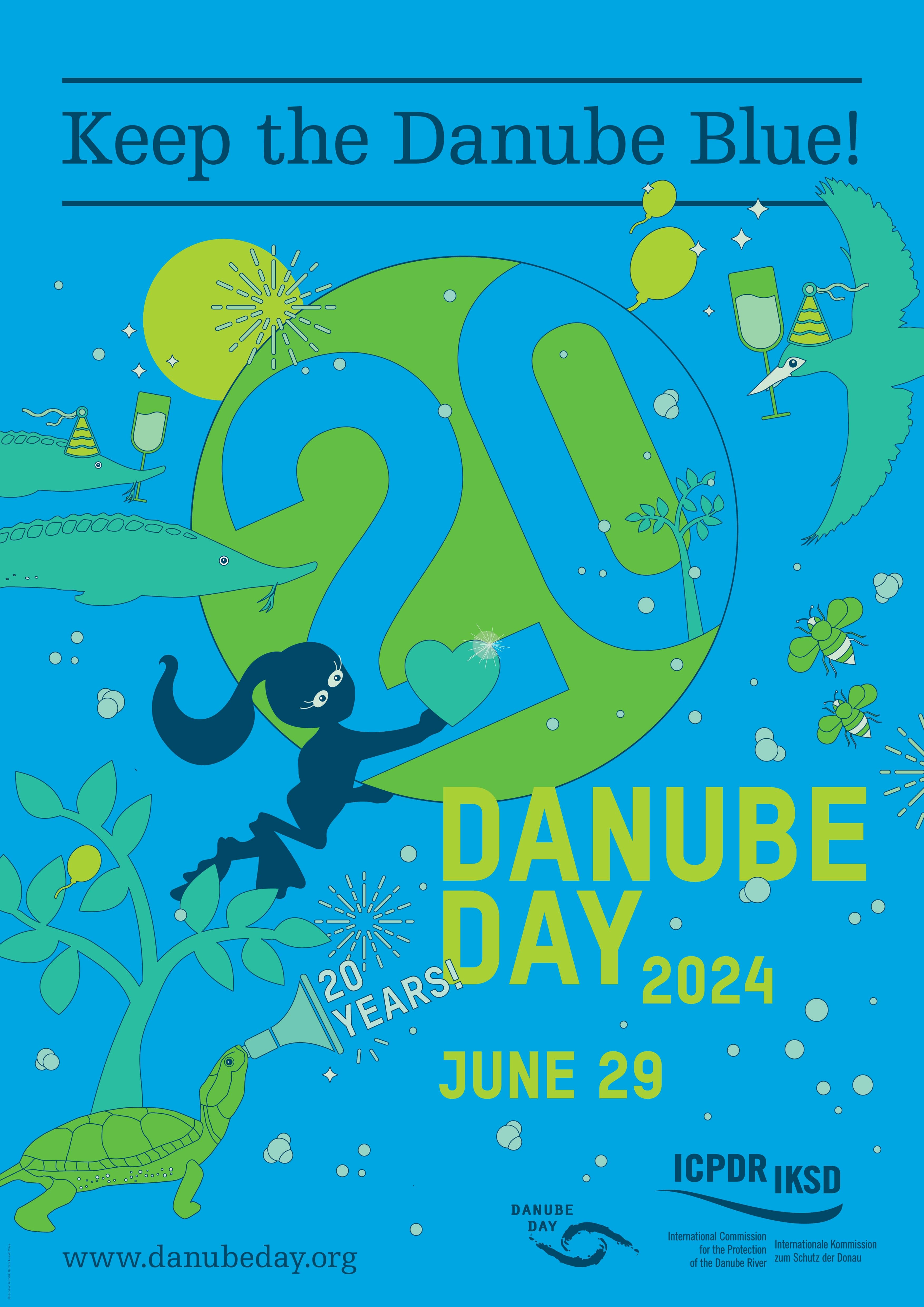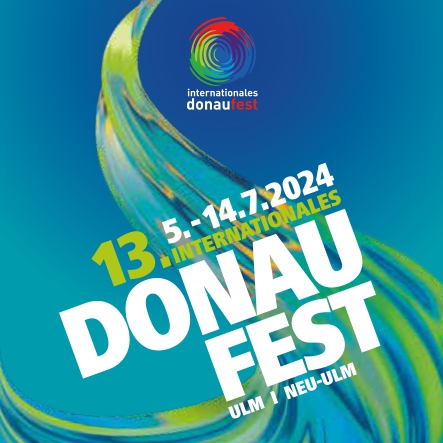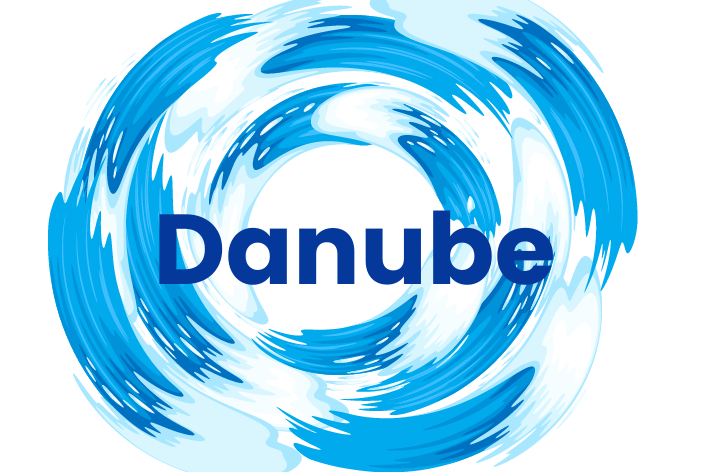The second-longest river in Europe was celebrated on the occasion of International Danube Day on June 29. The Danube connects 14 European countries, different histories and cultures – just like Danube Day celebrations which bring together citizens from the region to honour their shared river waters.

But International Danube Day is not the only time to celebrate that the river connects us. Every two years, the Danube Office Ulm/Neu-Ulm organises the International Danube Festival under the slogan 10 days, 10 countries, 1 festival.

The Festival offers a strong cultural programme but there will be conferences or workshops organised between 5-14 July 2024. The organisers’ aim is to showcase that the Danube brings us together, there is unity in diversity.
The centrepiece is the Danube Countries Market where you will find everything „that eye and tongue delight”. And this is where European House Budapest will run its info stand with a European message on the importance of dialogue with citizens.
The Danube is the second-longest river in Europe, after the Volga in Russia. It flows through Central and Southeastern Europe, from the Black Forest south into the Black Sea. It was once a frontier of the Roman Empire – in the 21st century, it connects 10 European countries, running through their territories or marking a border (Germany, Austria, Slovakia, Hungary, Croatia, Serbia, Romania, Bulgaria, Moldova, Ukraine).
The Danube flows through many cities, including four national capitals (Vienna, Bratislava, Budapest, Belgrade), more than any other river in the world. Along its course, the Danube is a source of drinking water for about 20 million people. The modern languages spoken in the Danube basin all use names related to Latin ‘Danubius’.
The European Commission adopted the EU Strategy for the Danube Region (EUSDR) in 2010. It is a macro-regional strategy aiming to create synergies and coordination between existing policies and initiatives taking place across the Danube Region.
The Danube has been a traditional trade route in Europe since ancient times. Today, 2,415 km of its total length (2,850 km) are navigable. It is navigable by ocean ships from the Black Sea to Brăila in Romania, and further on by river ships to Kelheim, Germany; smaller craft can navigate further upstream to Ulm, Germany. In 1994 the Danube was declared one of ten Pan-European transport corridors, routes in Central and Eastern Europe that required major investment over the following fifteen years.
The Danube Delta is the largest river delta in the European Union. The greater part of the Danube Delta lies in Romania, while its northern part is situated in Ukraine. The Danube Delta is also the best-preserved river delta in Europe, a UNESCO World Heritage Site since 1991. Its lakes support 45 freshwater fish species. A total of eight national parks can be found along the Danube’s shores.
The Danube Region has long been a hotspot for artists and is widely known as one of Europe’s cultural landmarks. From Greek legends to modern novels, folk songs to classical music, the river’s presence is felt in many ways in the artistic world. The Blue Danube Waltz by Austrian composer Johann Strauss is one of the most famous examples of this cultural referencing, along with the river featuring in several modern films.
The Danube Region is not only culturally and historically of importance, but also essential for the regional tourism industry due to its fascinating landmarks and sights. Leisure and travel cruises on the river are popular – besides the often-frequented route between Vienna and Budapest, some ships even go from Passau in Germany to the Danube Delta and back.
